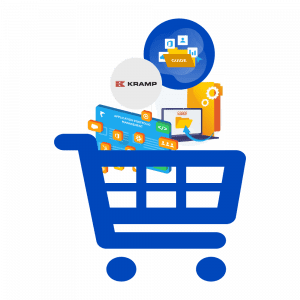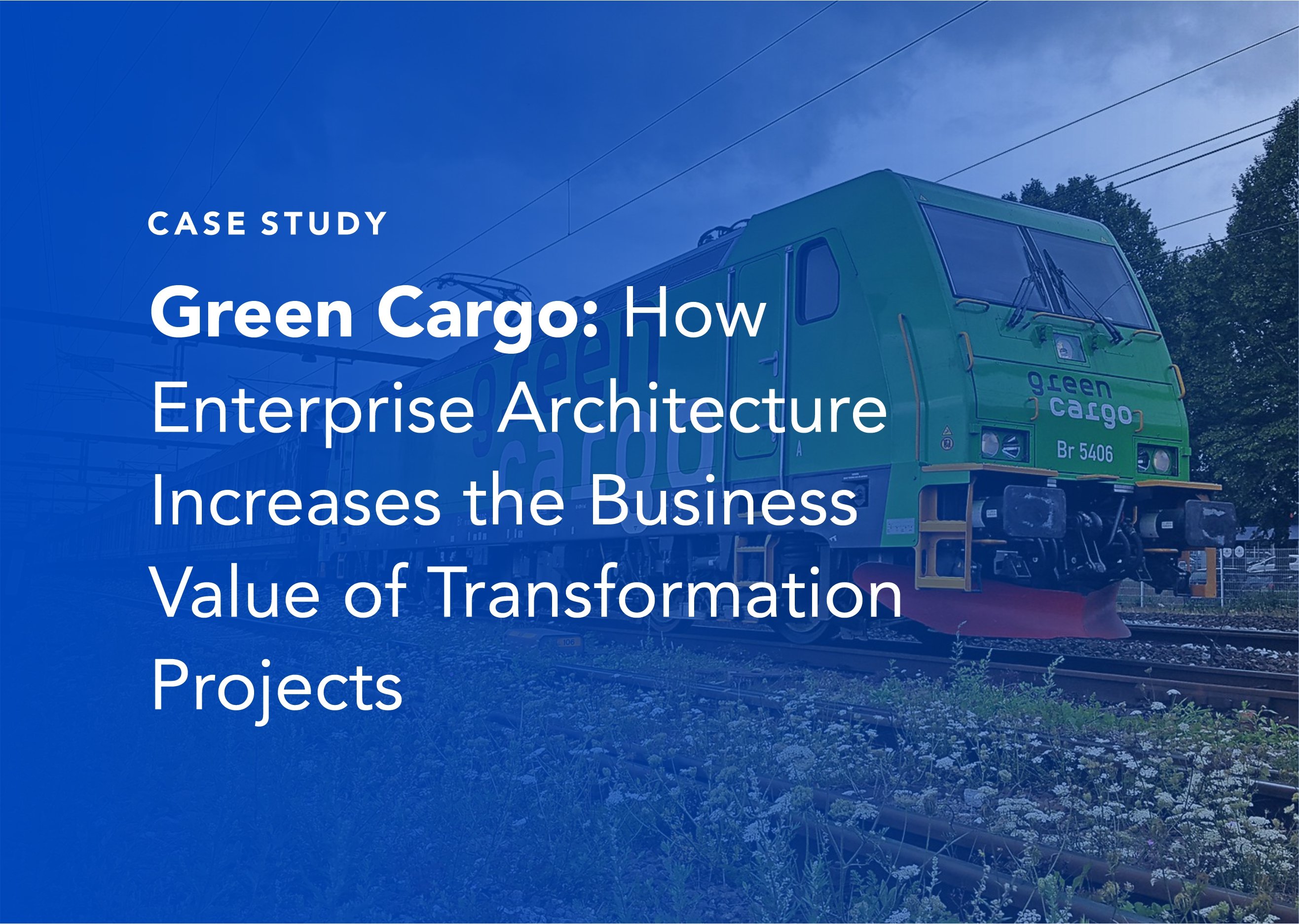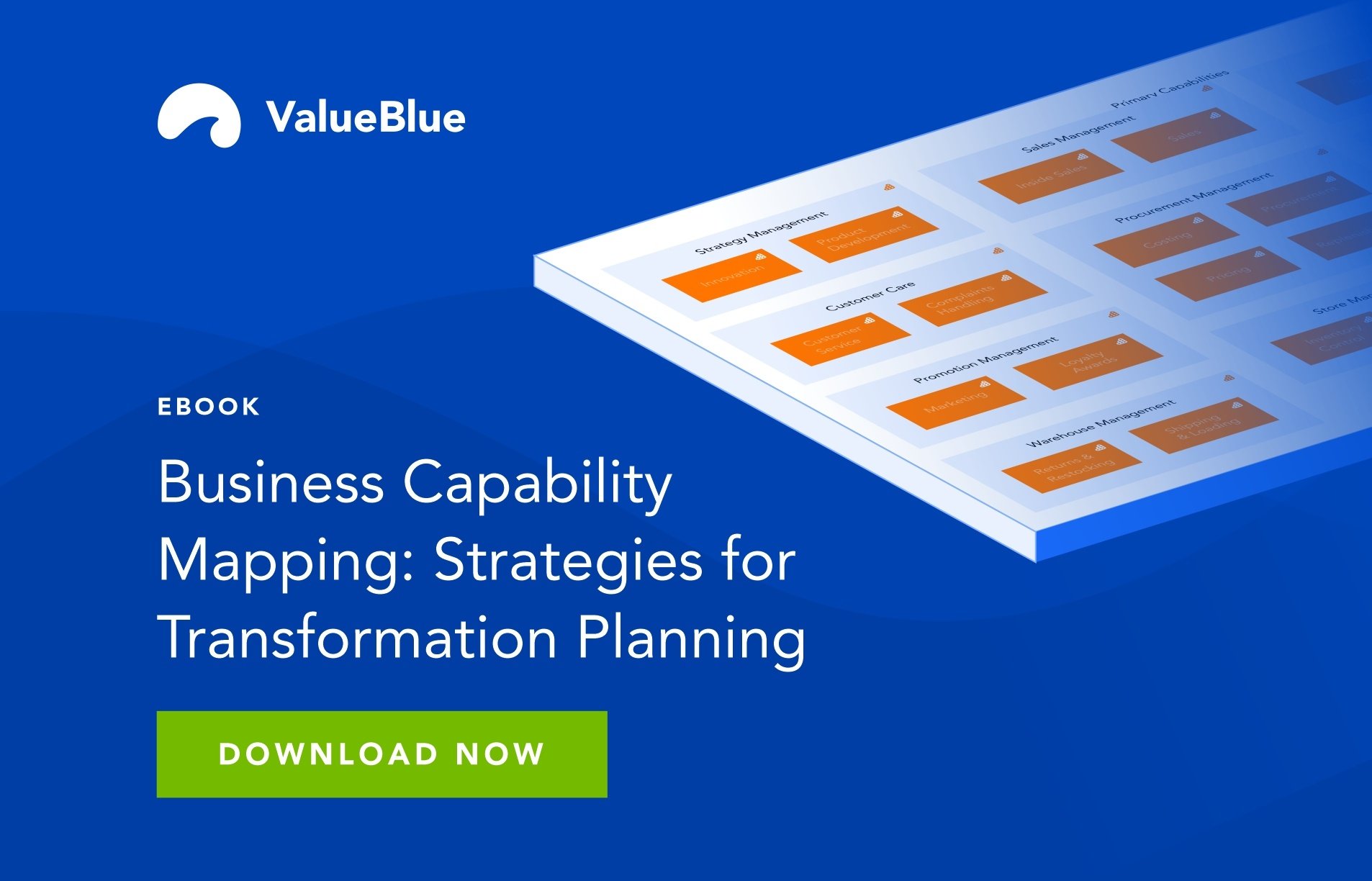Adapting to IT Retail Trends: Leveraging Enterprise Architecture for Successful Digital Transformation
In recent years, the Retail industry has undergone major changes due to the way consumers make purchases. As a retailer, you can hardly ignore offering your products online in addition to a physical store – and the physical shopping experience is changing too. The human touch is increasingly being taken over by technology. Customers can create their shopping list in an app that plots the most efficient route through the store before checking out independently using their mobile phone. The shop’s purpose is changing towards experiencing and gaining information about a product, after which the customer has the product delivered and installed at home. The technological innovation in the Retail industry has created the need for more data insights and new processes – requiring faster implementation. With that many changes happening that fast, how can the IT Department of a Retail organization keep up with all the IT Retail trends and such digital transformation? Through collaborative Enterprise Architecture (EA).
Innovation in the Retail industry with impact on the IT department
The changing customer service impacts the organization’s IT department, as it requires continuous evaluation and revision of processes, and the application and architecture landscapes. This results in a couple of IT Retail trends:
1. Selling online is a must
model of retailers has been shaken up and 51% of their revenue now comes from online sales. Such a switch requires a major conversion and upscale at the back end of the online sales process.
So how do we move from a focus on facilitating store-led sales (the current state) to a hybrid model where online and offline go hand in hand and reinforce each other (the future state)? Important in this transition is that processes, applications, and the architecture landscape are up to date. Not only is this vital to accurately determine your current state, it also serves as input to see what is required when working towards the future state.
2. Embrace and manage your technology
As technology advances in Retail, legacy applications and tools for inventory management, or systems such as older POS devices are continuously being replaced. This requires a continuous, comprehensive insight into application and tools used throughout the organization regarding matters such as ownership, number of users, lifecycles, and more.
Applying Application portfolio management in conjunction with enterprise architecture is a strong enabler to understanding your application landscape. It provides intel on what the application is used for, what information it needs, who uses it, and what processes are performed with the system. Technology acquisition and implementation are necessary in today’s changing market, but management and insights are crucial to making progress as an organization.
3. Digital transformation is essential to respond to changing customer needs
Digital technologies have a profound effect on business structures and the way organizations connect with their audiences. In the retail sector in particular, disruption is the result of changing customer expectations and embracing new digital business models and solutions – either by you or a competitor. This takes place on a massive scale. Digital disruption has no borders, giving a global dimension to the challenges retailers are experiencing.
To remain relevant and successful, retailers must respond quickly to create new experiences their customers will appreciate. In other words: transform in a digital way. This may involve new channels, new services, new products – or a combination of all of these – to have the biggest impact.
EA for Retail
Many leading retailers are using enterprise architecture to begin their digital transformation. Unfortunately, there is no standard blueprint. Each organization must design and plan its own path to a future state. The complexity and scope of executing digital transformation is a daunting challenge. Many obstacles impede the implementation of meaningful change, often preventing teams from making effective progress. Moreover, it is not always clear where to begin.
Organizations must rethink their strategy, learn to manage uncertainty, and adopt new approaches to planning and implementing change. Speed of delivery, innovation, rapid iteration, continuous feedback, adaptability, and an enlightened attitude toward both uncertainty and “failure” are important attributes in this new world. Gaining insights, cross-department collaboration, and an agile approach contribute to responding to internal and external developments more effectively.
Reuse and standardize
Despite the impactful changes, chances are that most processes up for digitalization are already existent in some shape or form. There is no need to reinvent the wheel, so reusing existing (components of) applications, tools, and processes will help to turn single steps into bigger leaps when designing the digital landscape. Solutions can include the use of microservices and low-code / no-code applications to avoid spending too make better use of existing components instead of reinventing the application wheel.
Reusing or adapting existing processes and methods will not only save time and effort, but also help to build a consistent customer experience. Thinking of creating a hybrid service as described above, it would require a smart – and preferably automated – solution to ensure you align matters such as the look and feel of the brand, service levels, product information, and more.
Suppose a new promotional system is implemented that sets product prices based on competing vendors and automatically updates the prices on the website via an algorithm. Choosing to implement an entirely new process alongside anexisting process used in offline stores is most likely going to result in insufficient alignment. With complex and rapidly changing promotion mechanisms, this duplication of methods will inevitably lead to a lag, or even a complete difference between online and ofline product prices – thus creating a poor customer experience. So how do you make clever decisions in your digital landscape and processes?
Watch the webinar replay in our Rethinking Enterprise Architecture series:
How to Govern Microservices with Enterprise Architecture
Keep your current state up-to-date with collaborative enterprise architecture
Understanding your current state is necessary to compose a strategy to move toward your future state. Keeping it continuously up-to-date helps you to better allocate resources. What should you do to gain insights into the best practices, applications, and processes are either already there, or are missing from your strategy?
This is where collaborative enterprise architecture comes in. Instead of relying on a single department or team to gather and maintain such an overview, it is much more efficient to keep a single repository up to date together with the entire organization. Collaborative enterprise architecture is the way to get information directly from the employees who are closest to the processes and applications, and therefore know what is happening on the work floor, as well as what is needed. By continuously retrieving information from the employees via e.g. an automatically integrated questionnaire, information about the current state is updated and can be cross-referenced and aligned with the organizational strategy and objectives.
Manage your transformation process in bite-size pieces
Planning and executing a transformation strategy rarely goes smoothly. Identifying and replacing legacy systems, or engaging stakeholders and users throughout the organization will take time and effort. However, enterprise architecture is the most impactful place where Business and IT come together. It’s the place where digital landscapes can be analyzed and critical dependencies or potential roadblocks are identified. This is especially important to solve projects with a long lead time, such as redesigning processes or meeting upcoming legal obligations.
Enterprise Architects can unpack a complex transformation agenda into smaller, more manageable (and achievable) pieces, keeping an overview of what is happening, and making sure the right projects are prioritized. In this agile way of enterprise architecture, adjustments can be made more quickly and there is more focus on continuing to drive towards the desired future state.
When processes, applications, and business capabilities are indexed, all of your digital transformaion initiatives come together in harmonious, digital-led processes – both for the customers’ UX, as well as for the employees providing services. It will allow you to make the best desicions to meet business objectives and facilitate growth for the long run. No matter what new trends, technologies, or customer demands come your way, digital transformation done right will enable you to adapt and overcome.
Looking for more insights?
We’ve put together a resource package, tailored to digital transformation at Retail organizations. Click here to load the resources in your basket, and make sure your retail strategy develops just as much as your market conditions.

The Essentials Package gives you a structured approach to executing digital transformation in your business:
Read the eBook to discover the common pitfalls and best practices of digital transformation projects;
Watch the video to learn how to map your business’ main capabilities to your IT landscape;
Read the Ultimate Guide to gain insights for your Application Portfolio Management;
Hear from retailer Kramp how they drastically improved their project impact analyses through Enterprise Architecture.

.png)



